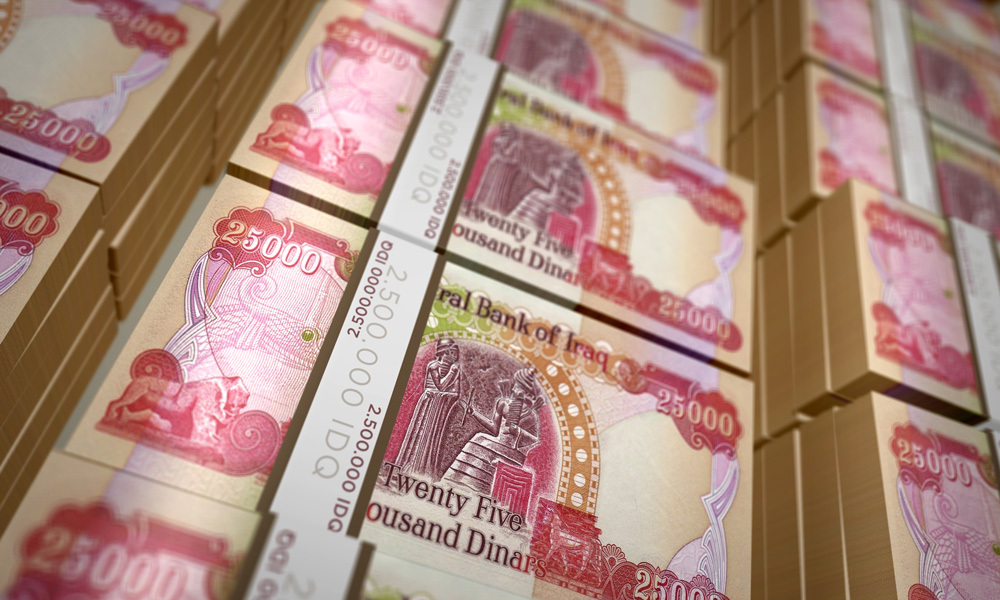Given the billions of coins minted every year, it’s not surprising that mistakes get made. What’s more remarkable is how few actually make it into circulation. And when they do, some are quite valuable, bringing thousands of dollars.
Technically known as “mint errors” or “error coins,” these are coins with manufacturing flaws or actual mistakes such as a wrong date for a particular design. Manufacturing mistakes can result from worn, defective, or misaligned dies. Mistakes can also occur as a result of mint workers trying to remedy a flaw unsuccessfully and failing to detect the error.
In order to be considered a mistake, or error, coin, the flaw must be in the original minting; post-minting and after-strike damage can occur in a number of ways, are not uncommon and don’t add to the collectible value of the coin. That’s why it’s important to know the types of coins to look out for. Here’s a partial list:
Planchet Errors
Before coins are struck, individual disks are punched from long strips of metal in what’s called a blanking machine. These coin blanks are known as planchets and are what determines the size and metallic content of the coin, and mistakes happen.
The planchets can be too thick or thin, the lamination of different layers of metal can be flawed, as can the cladding layers. The blanking machine can also misfeed, causing punches to overlap, resulting in coin blanks that have edges clipped.
All of these errors cause a flawed coin blank to be fed into the stamping die before the coin is even struck.
Hub and Die Errors
A hub is the hardened steel tool used to make master and production coin dies. It has an actual-size raised image of the coin’s design that’s used to make the sunken-relief negative images on the coin dies themselves. Errors at either of these stages are replicated in the stamping of the final coins.
Hub and die errors range from misaligned hubs that result in uneven dies to flaws in the die itself. These include
- Doubled Dies – these result from multiple impressions from a misaligned hub or a second hub with a different design being transferred to a production die.
- Die Flaws – Dies can crack or break, transferring errors such as lines or unstruck areas to coins. Another flaw, known as a die clash, occurs when the top and bottom dies strike one another without a planchet between them, transferring elements of one side of the coin to the other and to coins subsequently struck from those dies.
- Punching Errors – Older coins sometimes had finer elements punched into the dies by hand. Dies used to be used until they broke or wore out, too, so dies were sometimes re-punched with different dates or mintmarks, resulting in visible flaws. Other times, coins were made without dates or mintmarks and shipped to other mints to have them added. Occasionally, a wrong style or size punch was used, or a weak punch was struck a second time, causing a “dual punch.”
Striking Errors
Striking errors occur when the coin is mis-struck rather than being made from bad dies. They are rarer and take a number of forms, including:
- Strikethroughs – These occur when a foreign object makes its way onto a die or blank and leaves its impression on the coin.
- Single Face Coins – Sometimes two blanks will feed into the striking area together, causing the top blank to receive the obverse image and the bottom one the reverse, with each coin having an image on only one side.
- Off-Center Strikes – As the name implies, the die strikes the blank off-center, leaving part of the planchet blank.
- Edge and Rim Errors – bottom dies have collars to prevent the struck metal from flowing outside the die. The collar can fail, resulting in a “broadstrike,” or be out of alignment, causing a visible line on the coin’s edge. Excessive striking pressure can also cause metal to be forced higher along the collar, resulting in a higher-than-normal rim. Or a coin can become stuck on the die and force succeeding coins to be progressively less distinct due to wear on the softer metal, while being pressed deeper, resulting in low-relief coin with a high rim resembling a bottle cap.
- Wrong Dies or Metals – Sometimes blanks for one denomination are fed into presses set up to make a different coin—a nickel blank fed into a quarter press, for instance. Other times, a coin’s base metal was changed, but a die for the different metal (typically with the wrong date) is used. The most famous are 1943 copper cents and 1944 steel cents. “Mule coins” are coins struck with mismatched dies, such as a nickel front and a quarter back.
Coin mistakes take many different forms, and some are more valuable than others. Older coins were more error-prone, and more made it into circulation than modern coins, which are made with more sophisticated machinery and inspection techniques.
Even though modern errors are much rarer, older mistake coins are generally more highly sought by collectors, both for historical value and the fact that fewer survive. But some modern mistakes bring high prices, too, so it pays to always be on the lookout.
In subsequent articles, we’ll look more deeply into the various mistake coins, how to identify them, and their value.


